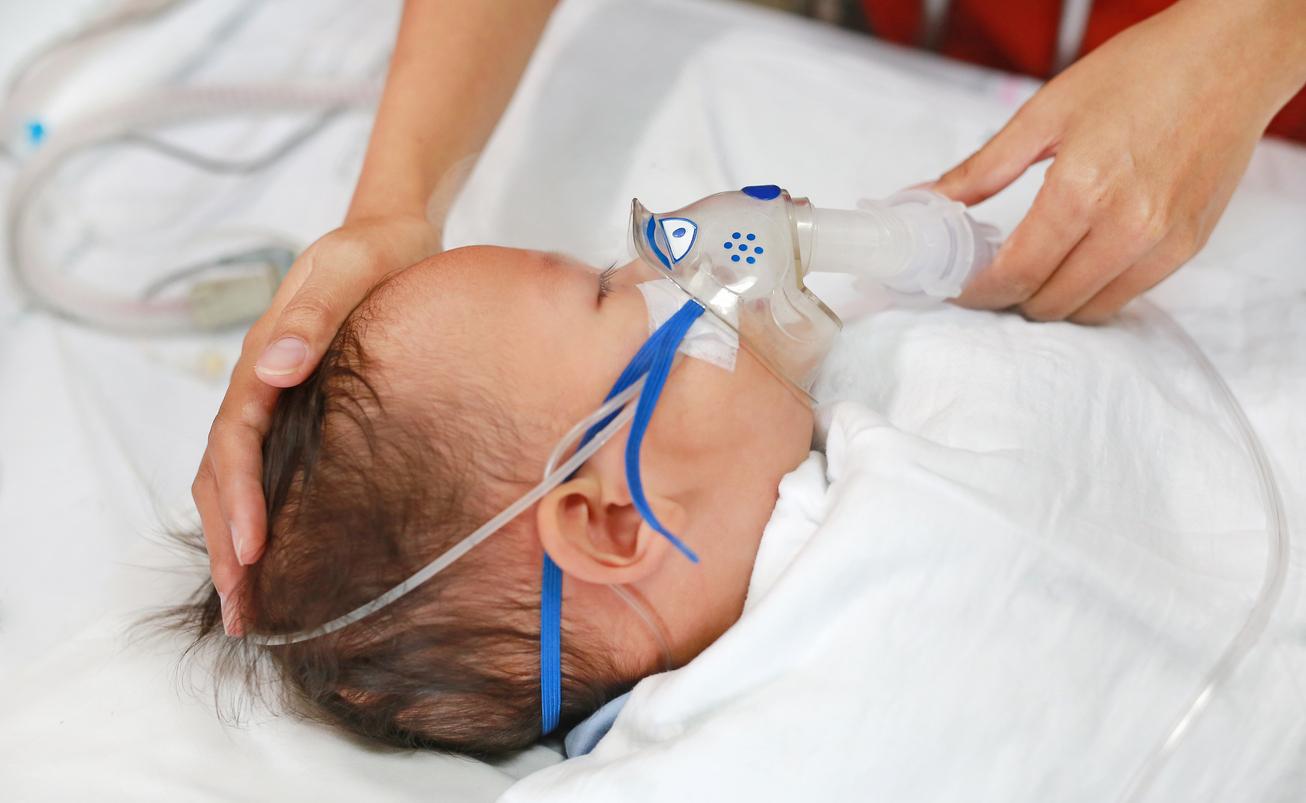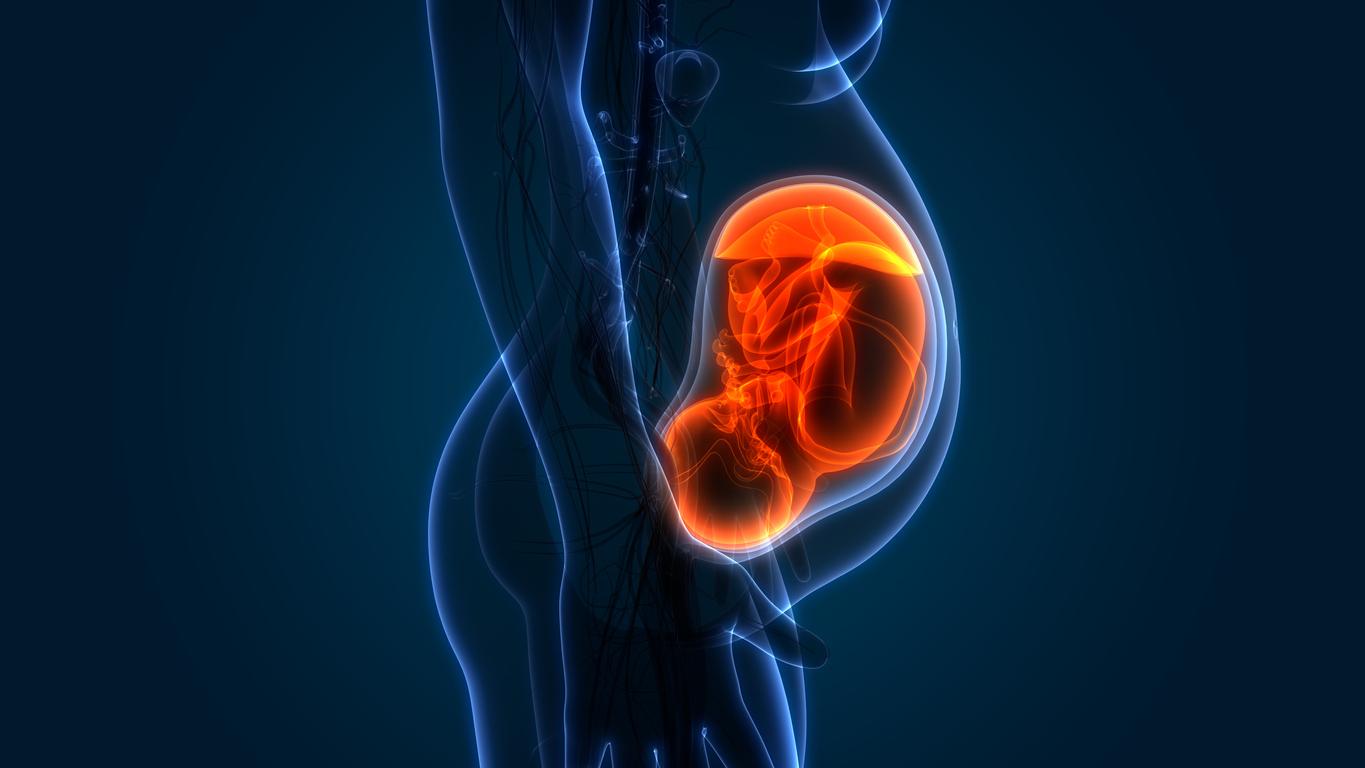Emmanuelle Amar, general manager of Remera, and her entire team, were called to an interview prior to dismissal on December 31.

“The reason is very clear: as these are public law contracts, economic dismissal does not exist. On the other hand, it is a dismissal for loss of position. Quite simply because the Lyon University Hospital has not received funding for the year 2018 to finance our salaries”. At the microphone of RTL, the researcher who revealed the case of babies born without arms in Ain announced that she was summoned to an interview prior to dismissal for December 31 next.
Emmanuelle Amar, general manager of Remera, the Register of malformations in Rhône-Alpes, also explained that her entire team was also called for the same reason. A procedure which, according to her, is due to the alert they launched, asking in particular to meet the Minister of Health Agnès Buzyn.Faced with the seven children born without arms or without hands between 2009 and 2014 around the village of Druillat, in Ain, the experts do not agree. The Remera structure, specializing in the census of malformations, speaks of an “abnormal concentration” of these cases, while Public Health France considers that “the statistical analysis does not highlight an excess of cases compared to the national average”.
It all started with a confidential report sent by the Remera structure, specializing in the census of malformations, to the health authorities and revealed by a report by France 2. This reports an anomaly: a concentration 58 times greater than normal of children born with a malformation in the arm or hand.
The ultrasounds revealed nothing to the parents.
The report features eight-year-old Ryan, born without his right hand. A shock at birth since the ultrasounds had revealed nothing to the parents, Mélanie and Jonathan Vitry. “I cried, of course. And my husband passed out,” recalls the mother. Ryan is one of eight children living around the village of Druillat, within a radius of 17 kilometers, to be born between 2009 and 2014 with a malformation. Enough to alert the specialized structure Remera which sent a report to the health authorities at the end of 2014.
For the moment, no medical explanation justifies this concentration of malformed newborns in this town. The only common point: the mothers of children born in arms all live in rural areas, near fields of sunflowers and corn. The fact remains that “this affair is becoming a health scandal, the denial pushed to the extreme by Public Health France questions us”, estimates the epidemiologist Emmanuelle Amar. “They are wrong! They assume that the rate is not abnormal, because there were seven cases from 2000 to 2014. However, this number was recorded over a much shorter period, between 2009 and 2014. How can we say that there were no cases before? It is impossible to know, there was no monitoring of malformations before 2009 in Ain! We were not in charge of this department!”
“Public Health France has not identified a common exposure”
For its part, Santé Publique France recognizes the number of cases, but considers that there is no particular problem. “Today, following the investigation of the 7 cases reported in Ain born between 2009 and 2014, the statistical analysis does not highlight an excess of cases compared to the national average, and Public Health France does not has not identified a common exposure to the occurrence of these malformations. The absence of hypothesis of a possible common cause does not make it possible to direct additional investigations”, indicates the agency.
These experts also conducted similar investigations on two reports that occurred in Loire Atlantique (3 cases born between 2007 and 2008) and in Brittany (4 cases born between 2011 and 2013). For Loire Atlantique and Brittany, the investigation concluded that there were an excess of cases. However, as in Ain, no common exposure has been identified for the grouped cases of these two regions. In this context, “the Agency maintains with the French network of registers a very particular attention to the occurrence of new cases in these regions and in the rest of France”. In other words, no particular action will be taken.
Public subsidies to Remera have been cut
This battle of experts becomes even murkier when we know that the public subsidies granted to Remera, which has worked on this question for 45 years, were cut this summer. “The consequences are very simple, it’s the end of surveillance malformations, that is to say clearly the end of the alert too”, protests Emmanuelle Amar. The region simply replies that this is no longer part of its remit. Inserm justifies the abandonment subsidies by stating that “the contribution of the register for research is very low.” A comment that questions since two years ago, the former Minister of Health Marisol Touraine praised the work of Remera.
Each year, in France around 150 children are born with a malformation of one or more upper or lower limbs: arm, forearm, hand, foot, tibia, fibula, etc. We then speak of “agenesis or congenital amputation”, corresponding to the absence of formation of a limb during embryonic development, and of “dysmelia”, which means a malformation of one or more limbs. This makes a maximum of one and a half cases per department and per year.
.

















